Monoclonal Antibody to Caveolin 1 (CAV1) 

VIP21; Caveolae Protein 22kDa
Overview
Properties
- Product No.MAA214Ca21
- Organism SpeciesCanis familiaris; Canine (Dog) Same name, Different species.
- ApplicationsWB; IHC; ICC; IP.
If the antibody is used in flow cytometry, please check FCM antibodies.
Research use only - Downloadn/a
- CategoryTumor immunity
- SourceMonoclonal antibody preparation, Host Mouse
- Ig Isotype IgG, Clone Number n/a
- PurificationAntigen-specific affinity chromatography followed by Protein A affinity chromatography
- LabelNone
- Immunogen n/a
- Buffer FormulationPBS, pH7.4, containing 0.02% NaN3, 50% glycerol.
- TraitsLiquid, Concentration 1mg/mL
Sign into your account
Share a new citation as an author
Upload your experimental result
Review

Contact us
Please fill in the blank.
Specifity
The antibody is a mouse monoclonal antibody raised against CAV1. It has been selected for its ability to recognize CAV1 in immunohistochemical staining and western blotting.
Usage
Western blotting: 0.2-2µg/mL;1:500-5000
Immunohistochemistry: 5-20µg/mL;1:50-200
Immunocytochemistry: 5-20µg/mL;1:50-200
Optimal working dilutions must be determined by end user.
Storage
Store at 4°C for frequent use. Stored at -20°C in a manual defrost freezer for two year without detectable loss of activity. Avoid repeated freeze-thaw cycles.
Stability
The thermal stability is described by the loss rate. The loss rate was determined by accelerated thermal degradation test, that is, incubate the protein at 37°C for 48h, and no obvious degradation and precipitation were observed. The loss rate is less than 5% within the expiration date under appropriate storage condition.
Giveaways
Increment services
-
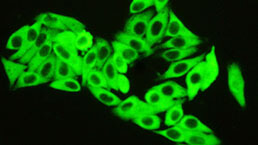 Antibody Labeling Customized Service
Antibody Labeling Customized Service
-
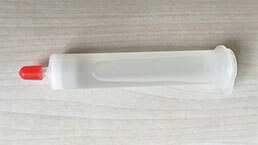 Protein A/G Purification Column
Protein A/G Purification Column
-
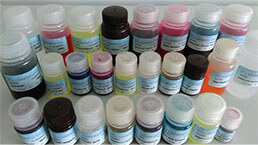 Staining Solution for Cells and Tissue
Staining Solution for Cells and Tissue
-
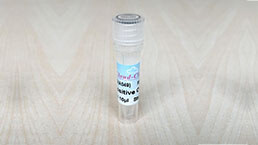 Positive Control for Antibody
Positive Control for Antibody
-
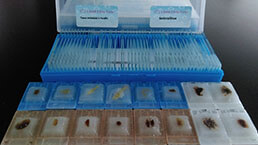 Tissue/Sections Customized Service
Tissue/Sections Customized Service
-
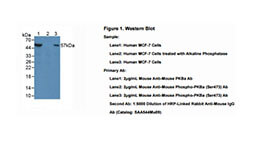 Phosphorylated Antibody Customized Service
Phosphorylated Antibody Customized Service
-
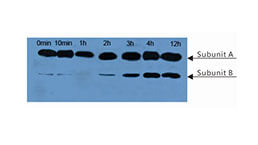 Western Blot (WB) Experiment Service
Western Blot (WB) Experiment Service
-
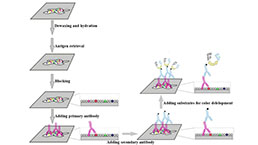 Immunohistochemistry (IHC) Experiment Service
Immunohistochemistry (IHC) Experiment Service
-
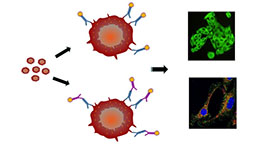 Immunocytochemistry (ICC) Experiment Service
Immunocytochemistry (ICC) Experiment Service
-
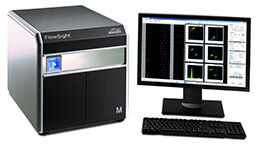 Flow Cytometry (FCM) Experiment Service
Flow Cytometry (FCM) Experiment Service
-
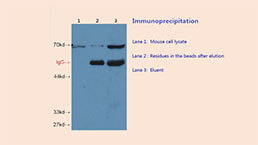 Immunoprecipitation (IP) Experiment Service
Immunoprecipitation (IP) Experiment Service
-
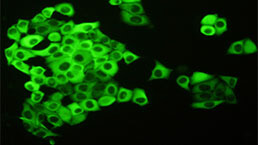 Immunofluorescence (IF) Experiment Service
Immunofluorescence (IF) Experiment Service
-
 Buffer
Buffer
-
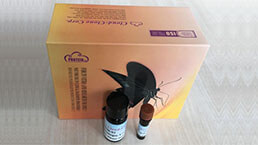 DAB Chromogen Kit
DAB Chromogen Kit
-
 SABC Kit
SABC Kit
-
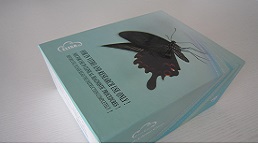 Long-arm Biotin Labeling Kit
Long-arm Biotin Labeling Kit
-
 Real Time PCR Experimental Service
Real Time PCR Experimental Service
Citations
- Novel prostate cancer tumour markers in a cell line modelMendelu: source
- Caveolin-1 as a potential high-risk prostate cancer biomarkerPubMed: 22159333
- Increased plasma caveolin-1 levels are associated with progression of prostate cancer among Japanese menPubmed: 23645736
- Decrased sputum caveolin-1 is associated with systemic sclerosis related lung diseasePubmed:24751454
- Significant Association of Caveolin-1 and Caveolin-2 with Prostate Cancer ProgressionPubMed: 26543085
- Genomic variant in CAV1 increases susceptibility to coronary artery disease and myocardial infarctionPubmed:26775120
- Increased caveolin-1 in intervertebral disc degeneration facilitates repairPubmed:26939667
- Lower Serum Caveolin-1 Is Associated with Cerebral Microbleeds in Patients with Acute Ischemic StrokePubmed:27119011
- Caveolin-1 Promotes the Imbalance of Th17/Treg in Patients with Chronic Obstructive PulmonaryDisease.pubmed:27613621
- Swim Training Modulates Skeletal Muscle Energy Metabolism, Oxidative Stress, and Mitochondrial Cholesterol Content in Amyotrophic Lateral Sclerosis MicePubmed:29849903
- Endothelium‐dependent hyperpolarization‐mediated vasodilatation compensates nitric oxide‐mediated endothelial dysfunction during ischemia in diabetes‐induced …Pubmed:29665152
- The CAV1 Gene 3′ Untranslated Region Single Nucleotide Polymorphisms Are Associated with the Risk of Pulmonary Hypertension in Chinese Han Chronic …
- SIRT6 transcriptionally regulates fatty acid transport by suppressing PPAR¦Ã34077730
- Cav-1 Protein Levels in Serum and Infarcted Brain Correlate with Hemorrhagic Volume in a Mouse Model of Thromboembolic Stroke, Independently of Rt-PA?¡
- 5, 2′-Dibromo-2, 4′, 5′-trihydroxydiphenylmethanone Inhibits LPS-Induced Vascular Inflammation by Targeting the Cav1 ProteinPubmed:35566232





